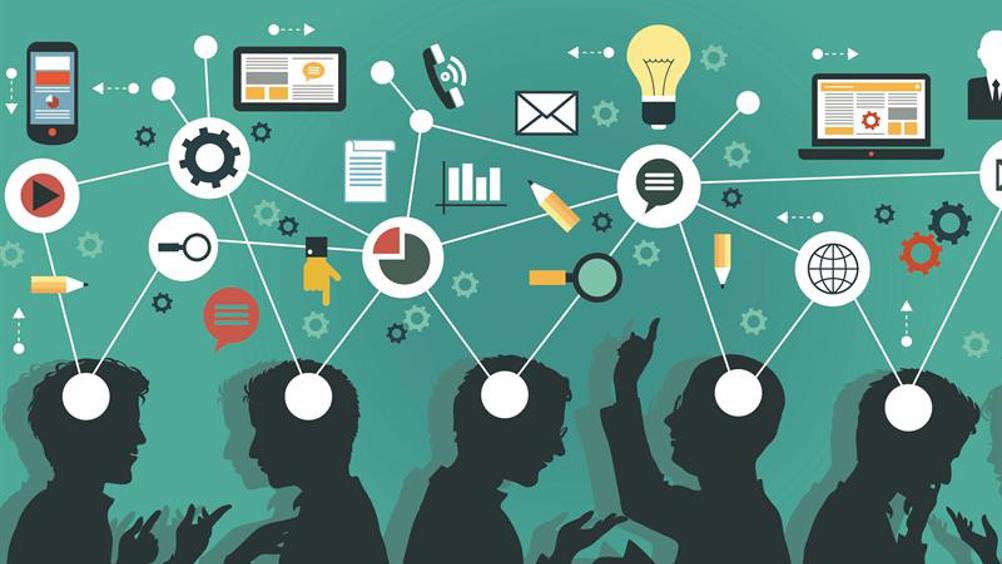But what are the core components? And how can HR build this kind of leadership capability for the long term? We believe that there are four key dimensions of an agile mindset that might be the missing ingredients in many leadership development programmes today.
Our previous research into why some organisations were more successful than others in adapting to a digital world revealed that one of the main blockers was a ‘missing mindset.’
Successful digitalisation required leaders with a different way of thinking about customers, services and processes – “this mindset was faster, iterative, and adaptable requiring new, discontinuous and sometimes contradictory thoughts and behaviours".
Rethinking leadership:
Employers need to change ‘outdated’ office-centric mentalities
Has coronavirus sparked a new era of leadership?
Optimising processes for decision-making in business
Building on this insight and applying it to today’s VUCA world, we explored other published research which led us to conclude that there are four key dimensions that go to making up an adaptive or ‘agile’ mindset:
Being ambidextrous
Being able to deliver business as usual but also disrupt the status quo
People who are ‘ambidextrous’ are those who don’t just consider the short term, they consider the medium and long term too. On the one hand they are able to reflect, but, on the other hand, make speedy decisions when necessary.
They can deliver steady business as usual, but they also have the ability to be innovative and disrupt the status quo. The key to developing this dimension is building awareness of how to ‘mentally switch’ and designing appropriate ‘nudges’ to prompt behavioural adaptability.
Constructive authenticity
Bringing your best self to work, that is right for you and the organisation within which you lead
The traditional directive is to encourage leaders to act as authentically as possible. However, the way in which that translates into actions and behaviours also has to be constructive and work for the organisation as a whole.
Constructive authenticity is not always easy because we all have different personas that we are juggling with at any one time – particularly for leaders who need to represent their organisation to get the buy-in and followership they need. So here, the developmental issue for HR is supporting leaders to reconcile the different aspects of their persona in order to adopt a style and stance that brings out the best in their people.
External perspective
Passionate about changes in the world around us and its implications for the organisation
This dimension is about looking outside the organisation to ensure that products and services are designed for the real needs of their customers and taking inspiration from related but different sectors to remain ahead of the competition.
We live in a time where our various worlds are inter-related, so just a little bit of external, fresh insight into the way other sectors solve problems can be invaluable. One idea that we use is to take leaders on an ‘innovation safari’ where they experience what other companies in differing sectors are delivering in order to jolt the collective mindset as to the art of the possible.
Continuous learning
Always curious in order to learn and grow
Leaders who are curious approach setbacks as learning opportunities and they work out how to overcome obstacles – which is fundamental to thriving in an ever-changing world. They also tend to be much more aware of their own and their teams’ developmental needs. This dimension is linked closely to Carol Dweck’s ‘growth mindset’. To help cultivate a culture of continuous learning, requires building a culture that is tolerant of failure and comfortable with continuous two-way feedback.
Leadership programmes for 2022 should consider incorporating developmental exercises that are deliberately designed to create tension and ambiguity that leaders have to deal with in order to grow.
While the learning may be uncomfortable at first, inevitably it will build leaders capability to behave in more agile ways and so develop a cycle of business renewal.
Gary Ashton is partner at OE Cam









